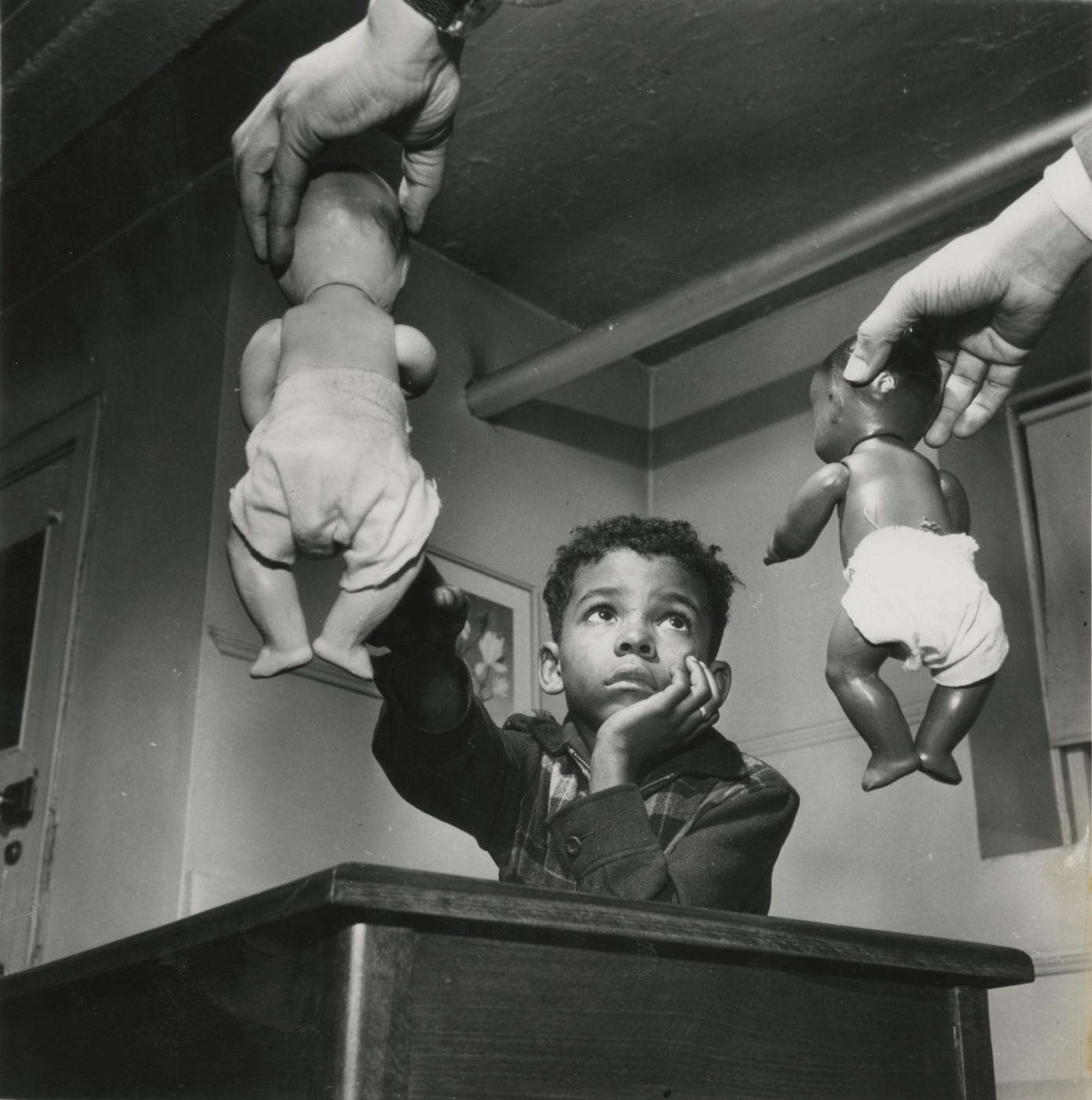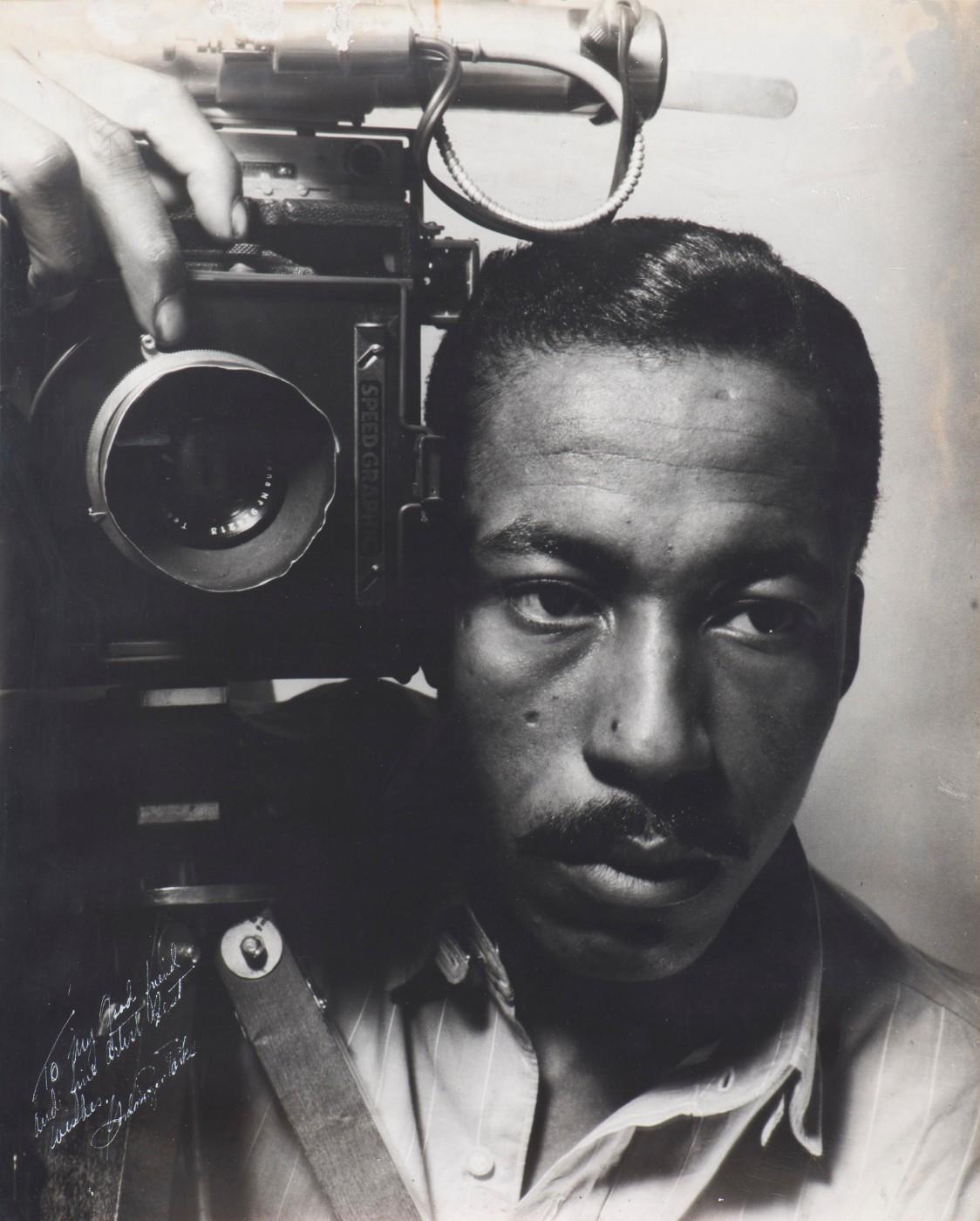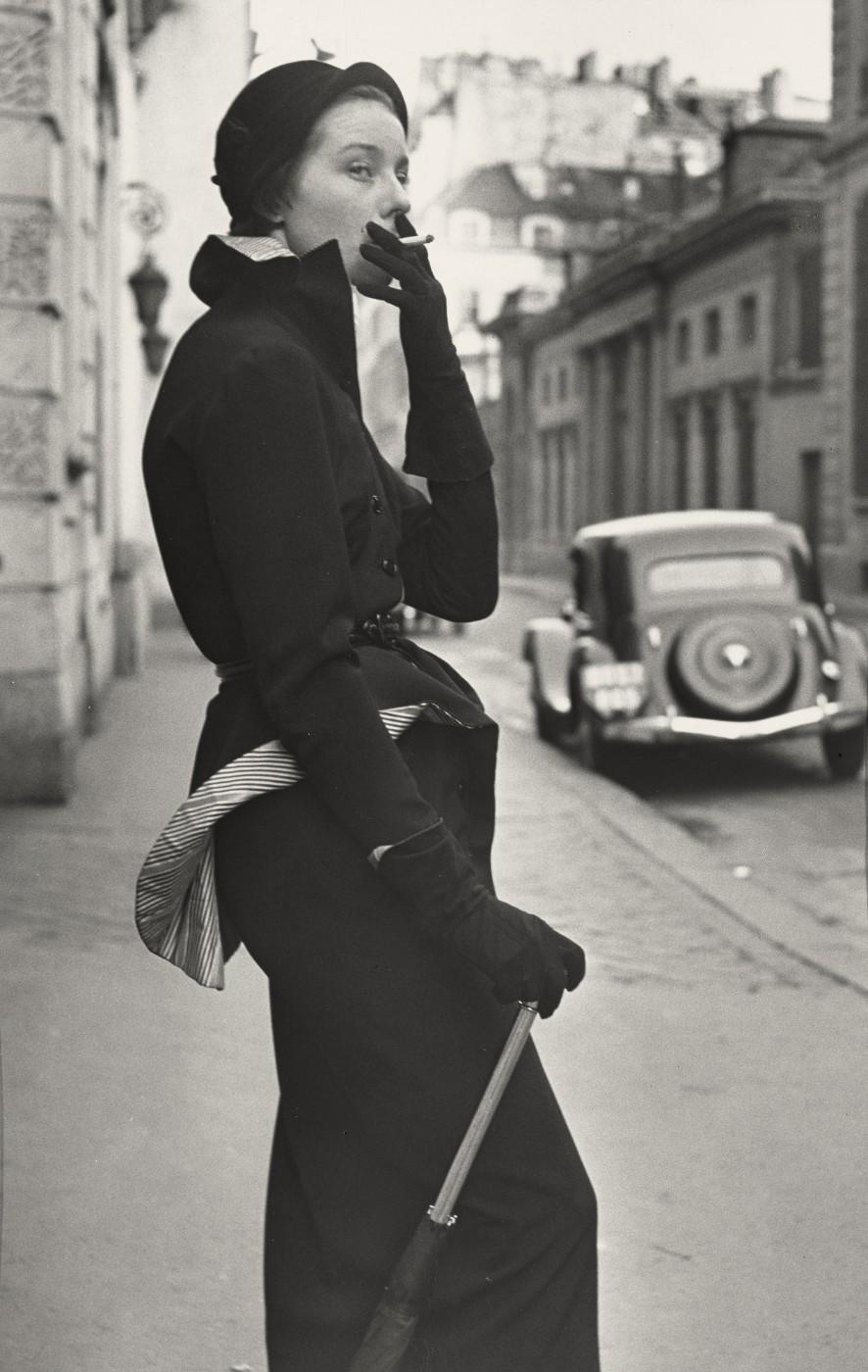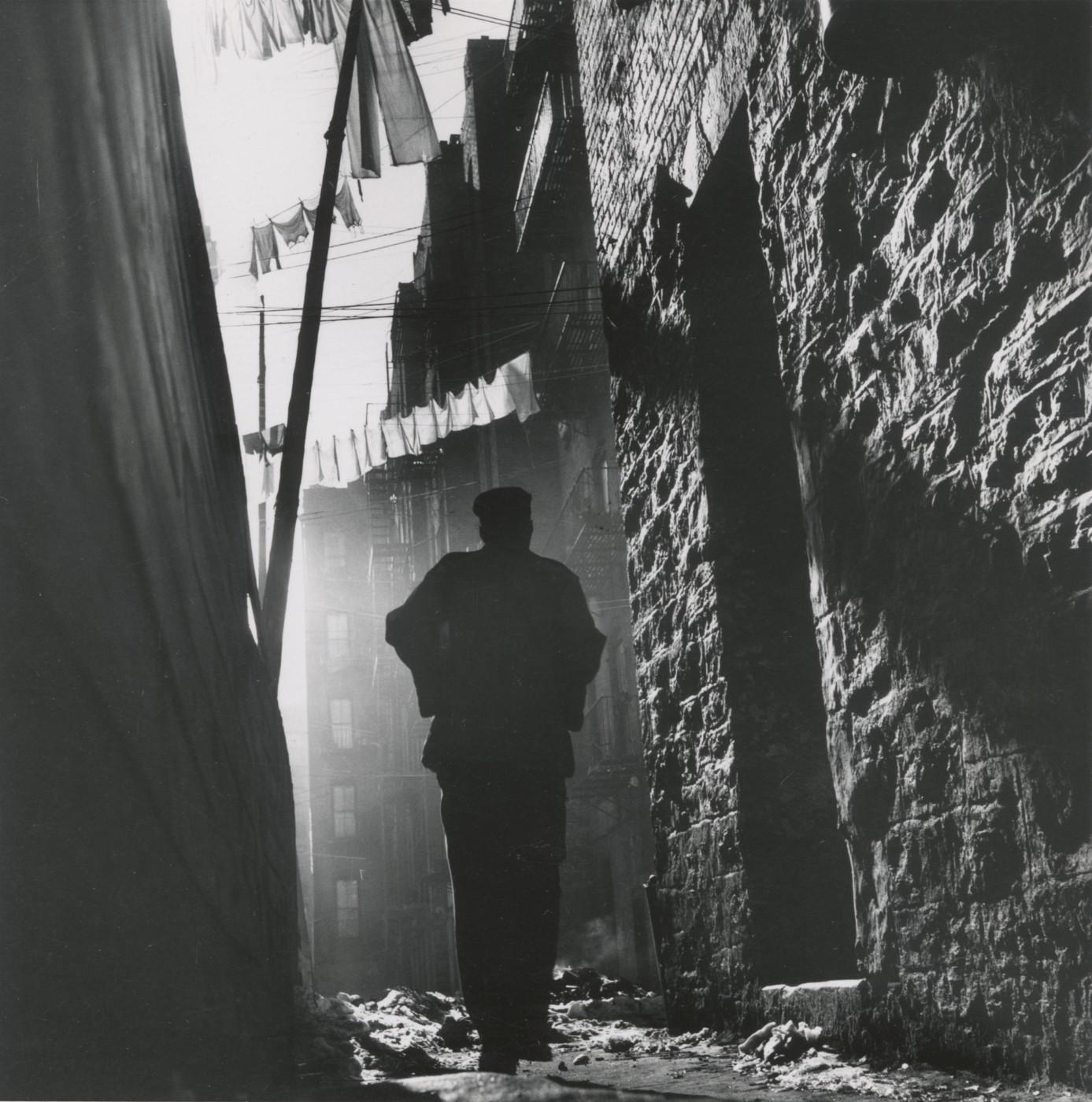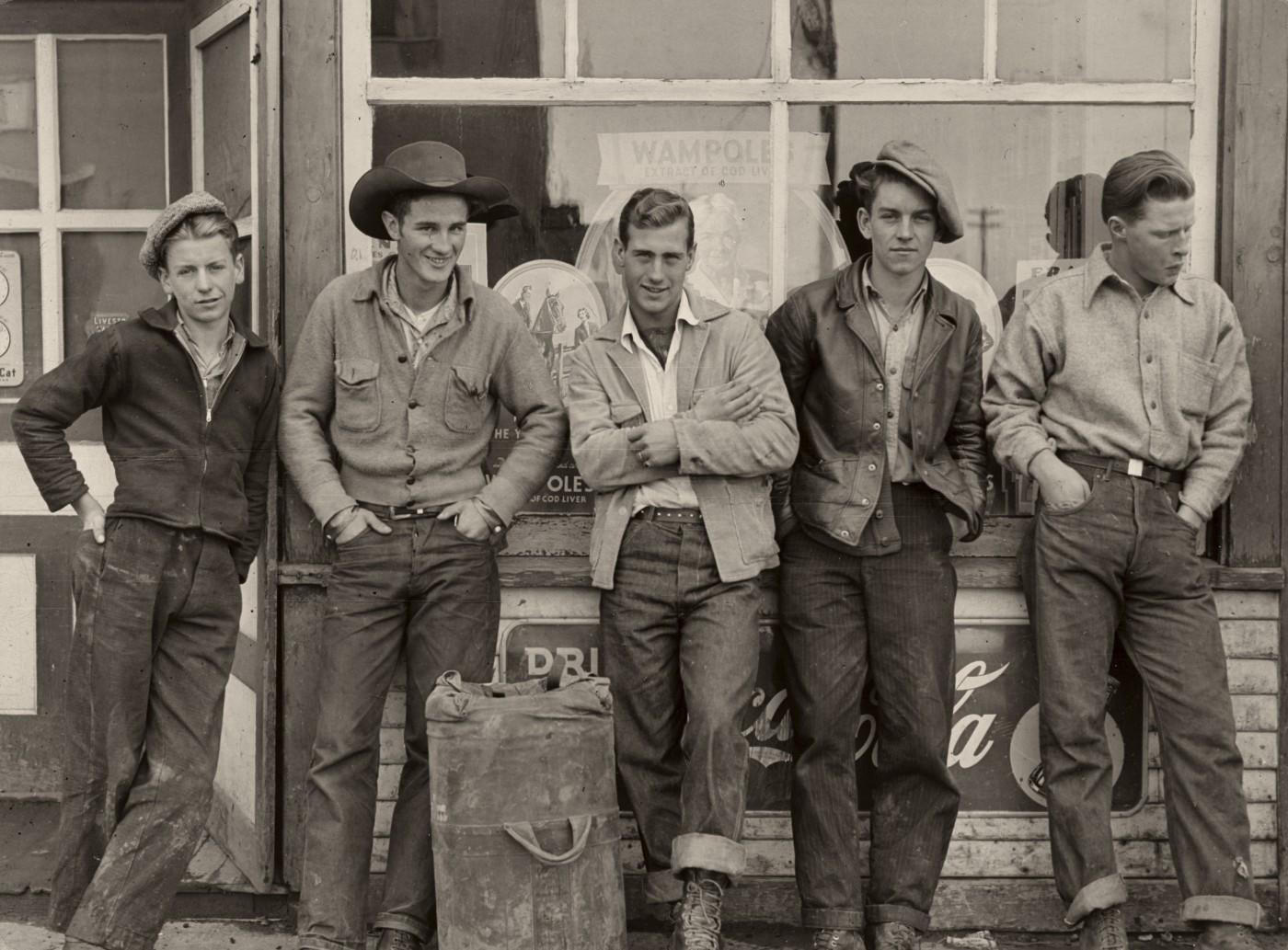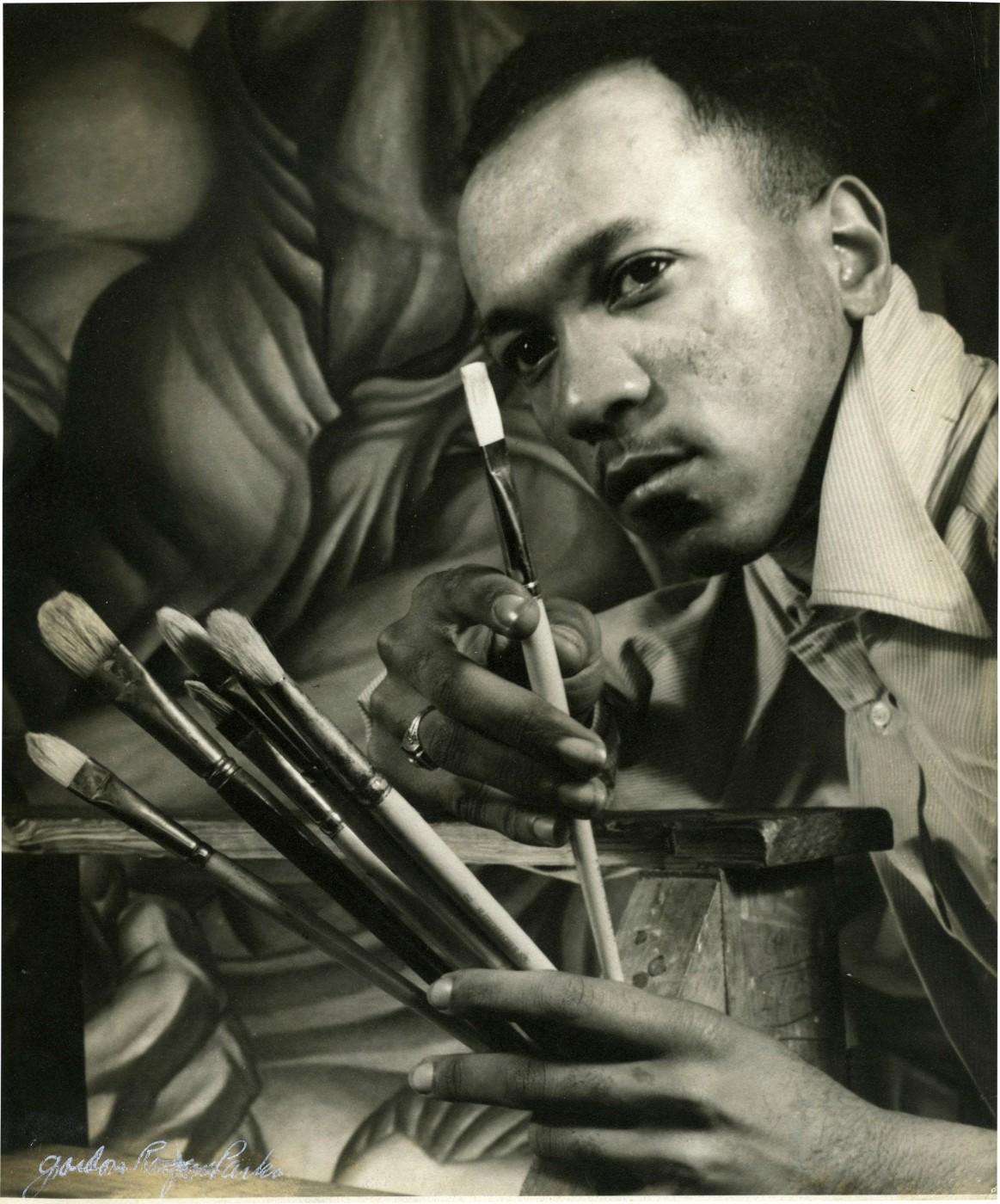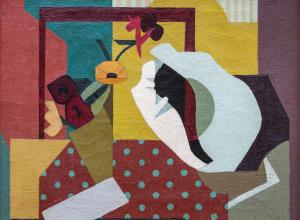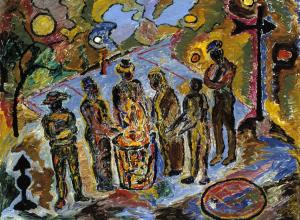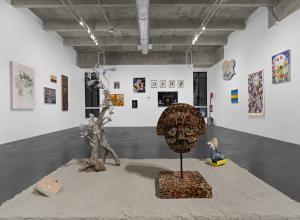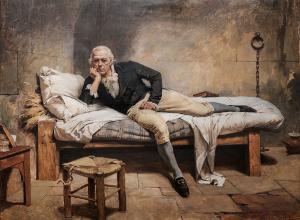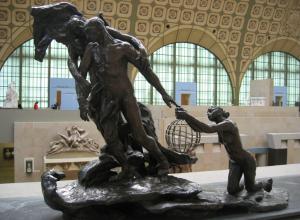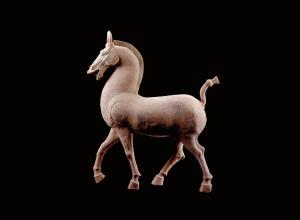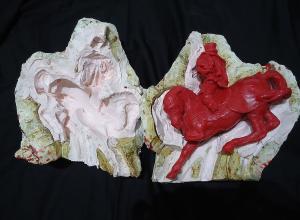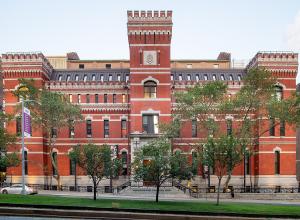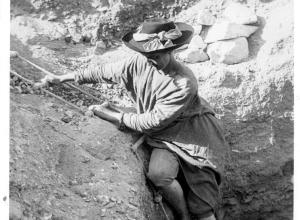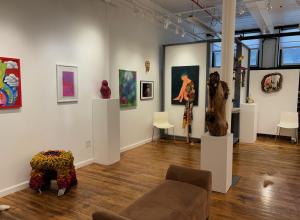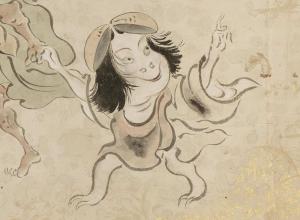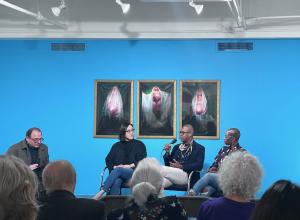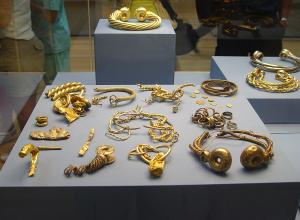"While Gordon Parks's varied career and influential oeuvre have been well noted and cataloged, the foundational first decade of his life as a photographer has never before been explored in such detail as it is in this rich exhibition and volume," said Earl A. Powell III, director, National Gallery of Art. "We are grateful to the Gordon Parks Foundation for its collaboration in sharing a crucial chapter in the life of the pioneering photographer, including his time here in Washington. And it is a pleasure to work once again with Bank of America. They have been a consistent supporter of the Gallery and indeed many arts organizations around the world. This kind of support is important in helping nonprofit museums serve the public."
"Gordon Parks: The New Tide grew from an extensive dialogue between the National Gallery of Art and the Gordon Parks Foundation. Established in 2007 to preserve and promote his work and legacy, the Foundation has systematically made it possible to study his life and art through collaborations with museums," said Peter W. Kunhardt, Jr., executive director, the Gordon Parks Foundation. "As this exhibition shows, his photographs from the 1940s are the foundation of his storied career and vision. For Parks, creativity brought with it a fuller, more poignant understanding of humanity that is now our responsibility to share."




